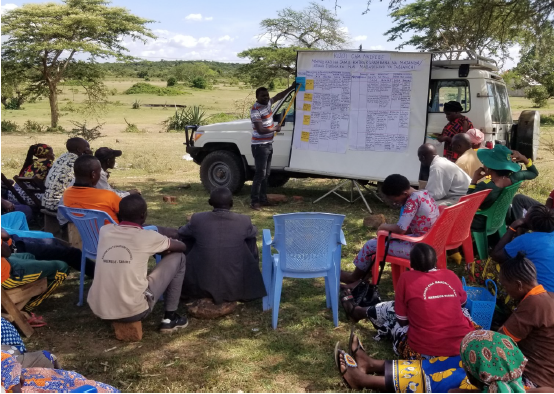Streamlining Compliance: SAT's Data Warehouse and the New EU Organic Regulation

Introduction
Sustainable Agriculture Tanzania (SAT) is advancing the frontier of organic farming with its innovative Data Warehouse technology, strategically aligning with the rigorous demands of the forthcoming New EU Organic Regulation. This regulation, set to enforce stricter rules to enhance traceability, group management, and adherence to organic standards, represents a significant challenge for organic producers aiming to enter or maintain their presence in the European market. SAT's pioneering solution is poised to simplify these complexities, offering a blueprint for seamless compliance and sustainable organic farming practices.
Adapting to Stricter Traceability and Compliance Standards
The New EU Organic Regulation underscores the importance of stringent traceability and compliance mechanisms to uphold the integrity of organic products. SAT's Data Warehouse technology is a timely response to these requirements, providing a robust platform for managing detailed records of farming practices, inputs, and outputs. This system ensures that every product can be traced back to its source, a critical factor in maintaining consumer trust and meeting the EU's rigorous standards.

Enhancing Group Management for Cooperatives
One of the challenges under the new regulation is the effective management of the groups (cooperatives). SAT Data Warehouse facilitates this aspect by offering tools that streamline the management of member information, production data, and compliance records. This technology simplifies the process of proving that each member adheres to the required organic standards, thereby ensuring collective adherence to the EU Organic regulations as a whole.
Facilitating Compliance with Organic Standards Using Software technology
Compliance with organic standards is at the core of the New EU Organic Regulation. The SAT Data Warehouse provides an essential service in this area by enabling the efficient collection and analysis of data related to organic practices. From documenting the internal inspection, non-compliances, farm registration, yield estimates, and farmer training to ensuring compliance to the standards and the Internal Control System – ICS. This technology supports farmers and cooperatives in maintaining and demonstrating compliance with all necessary organic standards and other voluntary sustainability Standards in the world.
The system's capacity to manage vast amounts of data with precision and ease translates into significant time and cost savings, reducing the administrative burden and allowing farmers to focus more on their core agricultural activities. Furthermore, the enhanced traceability and compliance capabilities provided by the technology ensure that Tanzanian organic products remain competitive in the global market, particularly within the stringent European Union.

Setting a Global Standard
The initiative by SAT to develop and implement the Data Warehouse technology sets a new standard for organic certification and compliance worldwide. As regulations continue to evolve and markets demand higher levels of transparency and sustainability, this technology offers a scalable and effective solution for meeting these challenges. SAT's approach not only supports the growth of the organic sector in Tanzania but also serves as a model for other countries looking to enhance their organic farming practices and regulatory compliance.
Conclusion
SAT's Data Warehouse technology represents a forward-thinking solution to the challenges posed by the New EU Organic Regulation. By facilitating stricter traceability, effective group management, and comprehensive compliance with organic standards, this technology is a key enabler for Tanzanian farmers and cooperatives aiming to thrive in the European organic market. As SAT continues to lead the way in sustainable agriculture innovation, its Data Warehouse initiative stands as a testament to the potential of technology in transforming organic farming for a more sustainable and compliant future.
The SAT Data Warehouse project is currently supported by the Biovision Foundation and in 2023 has kindly been supported by the Austrian Development Agency and Land Vorarlberg.









